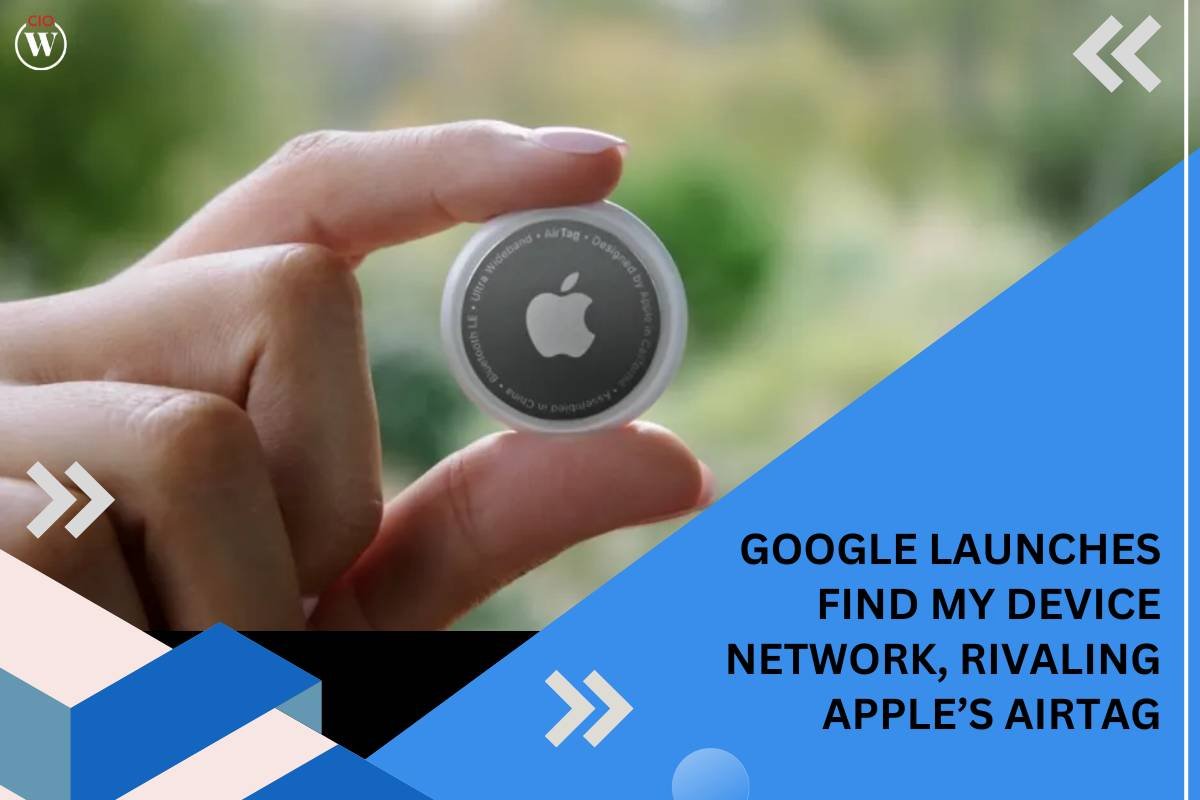Source – BGR
In a move reminiscent of its tech rival, Apple, Google has unveiled its own tracking network for Android devices, named Google Find My Device network. This initiative, announced on Monday, brings Google in line with Apple’s popular Find My network, known for its flagship product, the AirTag.
Google Find My Device network offers similar features to Apple’s, including phone tracking utilizing Bluetooth-enabled devices in the vicinity running on the Android platform. Additionally, starting next month, Google’s platform will support smart tags from leading brands like Chipolo, allowing seamless communication akin to Apple’s AirTags.
Moreover, Google is integrating its Nest ecosystem into the Find My network, facilitating easy key sharing and providing a “Find Nearby” button for immediate phone location, essential for any robust tracking service. Furthermore, third-party headphone manufacturers such as Sony and JBL will soon be able to incorporate Android’s asset-tracking functionality via a simple software update.
Tracking Devices with Dead Batteries
One of the most intriguing aspects of Google Find My Device network is its ability to track and locate phones even when their batteries are dead. Initially exclusive to Google’s latest Pixel 8 and Pixel 8 Pro handsets, this feature utilizes special hardware, possibly a low-power Bluetooth chip, capable of emitting signals even when the device is powered off due to a depleted battery.
While initially limited to premium Pixel devices, Google has confirmed plans to extend this capability to other Android phones in the future. However, the focus appears to be on premium devices equipped with modern chipsets boasting various connectivity technologies, including the latest low-power Bluetooth chips.
According to Google, they are collaborating with other system-on-chip (SOC) manufacturers and original equipment manufacturers (OEMs) to bring the device tracking on empty battery feature to additional premium Android devices. The extent of this expansion remains uncertain, leaving users wondering if devices like the Galaxy S24 Ultra, powered by the cutting-edge Snapdragon 8 Gen 2 chipset, will qualify for this feature.
Implications and Future Prospects
Google’s entry into the tracking device market signifies increased competition and innovation in the space dominated by Apple’s AirTag. With the Google Find My Device network, Google aims to provide Android users with a comprehensive tracking solution, encompassing both phones and external tags.
The ability to track devices with dead batteries addresses a significant limitation in current tracking technologies, enhancing the utility and reliability of Google’s Find My network. However, the exclusivity of this feature to premium Android devices raises questions about accessibility and affordability for a broader user base.
As Google continues to collaborate with SOC manufacturers and OEMs, the expansion of the Find My Device network to additional Android devices remains a focal point. The inclusion of flagship devices like the Galaxy S24 Ultra could significantly broaden the reach and impact of Google’s tracking network, offering users a compelling alternative to Apple’s ecosystem.
Overall, Google’s foray into device tracking marks a significant step towards enhancing user convenience and security in an increasingly interconnected world. The evolution of the Google Find My Device network promises to shape the future of personal tracking technology, driving further advancements and competition in the industry.
Also read: Google Postpones Its Updated, More Comprehensive Find My Device Network








